Collaborating with others can be a highly effective way for a business to achieve growth, access new markets and drive innovation whilst sharing the associated costs and risks.
The Scottish Enterprise Collaboration Prize 2016/17 is currently open for entries and aims to raise awareness of the collaboration route among Scottish businesses.
The Prize is a fantastic opportunity for aspiring collaborators, and exploring the prospective benefits of forming or joining a consortium is highly encouraged in order to help businesses of all sizes reach their full potential.
However, when it comes to forming or joining a consortium, what should a business consider? How does the process work and what are the specific benefits that can be delivered?
Here, CDS specialist advisor Jaye Martin shares a brief step-by-step guide to consortium working to help you determine whether or not collaboration is right for your business.
Step 1: Identify barriers to growth
For many small and micro-enterprises, lack of scale, time, finance or resources can all be barriers to accessing new markets, tendering for larger contracts or simply marketing services, and therefore barriers to growth. These challenges will be familiar to many businesses, particularly those with small teams or those who provide unique or niche products and services.
Step 2: Look for a potential solution
Teaming up with other like-minded businesses and forming a consortium is an excellent way to break down these barriers. Suitable for businesses of all sizes operating in any sector, this model can help businesses grow by reducing the costs and risks associated with tackling new markets and investing in new products and services. It can also enable businesses to share resources such as back office functions and premises. Meanwhile, member businesses are able to retain their own brands, independence and control. You can find out more here.
Step 3: Find collaborators
Carefully identifying like-minded businesses to work with is crucial. Trust is a key factor. It can help if the businesses have worked together informally before. In most cases, member businesses operate in similar or complementary fields, although a lot will depend on the rationale for collaboration. You can read about the experience of a number of successful consortia here.
Step 4: Choose the right structure
The consortium co-operative model is an effective collaborative business structure. In simple terms it is an organisation run in a shared and equal way by and for the benefit of its members. Members are independent businesses and the consortium can be for any purpose which supports them, for example marketing, tendering, innovating or exporting. Co-operative Development Scotland has a track record in helping businesses and we’d be happy to help you explore the options. You can contact us here.
Step 5: Benefit from your collaboration
Collaborating can be a real game-changer for businesses. For example, one of last year’s Collaboration Prize winners, Ecosse from Above, was founded by three aerial photography companies and a web developer who wanted to create an online library providing high-quality aerial footage and images of Scotland at a reduced cost. Ecosse from Above has since built a library of over 5,000 high quality images and 500 affordable films from across the Scottish landscape which has grabbed the attention of tourism bodies such as VisitScotland as well as television and video production companies from all over the world.
Fellow winner ArchBlue Ltd, was founded by four organisations involved in providing complementary services to the heritage sector including 3D measuring and modelling, archaeological recording and visualisation, conservation planning and 3D printing. Working collaboratively has enabled the businesses to provide customers with a comprehensive approach to heritage site management as well as engaging methods of communicating a site’s story to the public. The consortium used its prize winnings to add strength to tender submissions and establish a brand identity.
As well as supporting businesses to access new markets, share risks and costs and develop new products or services, many businesses involved in consortium working also report increased confidence, better business connections, improved knowledge-sharing and an enhanced profile.
The benefits are tangible and numerous – and definitely worth exploring when considering the future of your business.
For more information about the Collaboration Prize, including how to enter and requesting an application pack, visit here.


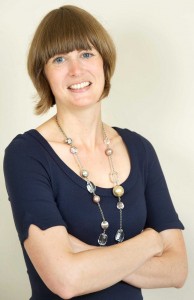




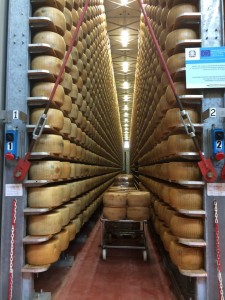
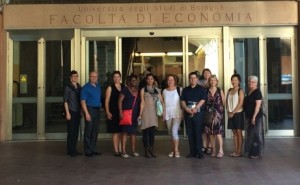



 Inspired by a “Hackathon”, a novel consortium made up of IT students and business consultants is helping build fledgling careers and establish reputations across the world.
Inspired by a “Hackathon”, a novel consortium made up of IT students and business consultants is helping build fledgling careers and establish reputations across the world. While work for external customers was being undertaken by individuals already, including for big name companies such as
While work for external customers was being undertaken by individuals already, including for big name companies such as  The Mondragon Corporation – based in Spain’s Basque region – has evolved from humble beginnings to become the country’s tenth largest company.
The Mondragon Corporation – based in Spain’s Basque region – has evolved from humble beginnings to become the country’s tenth largest company.
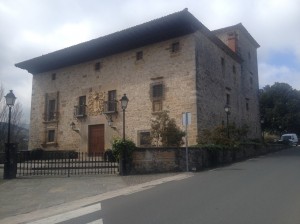
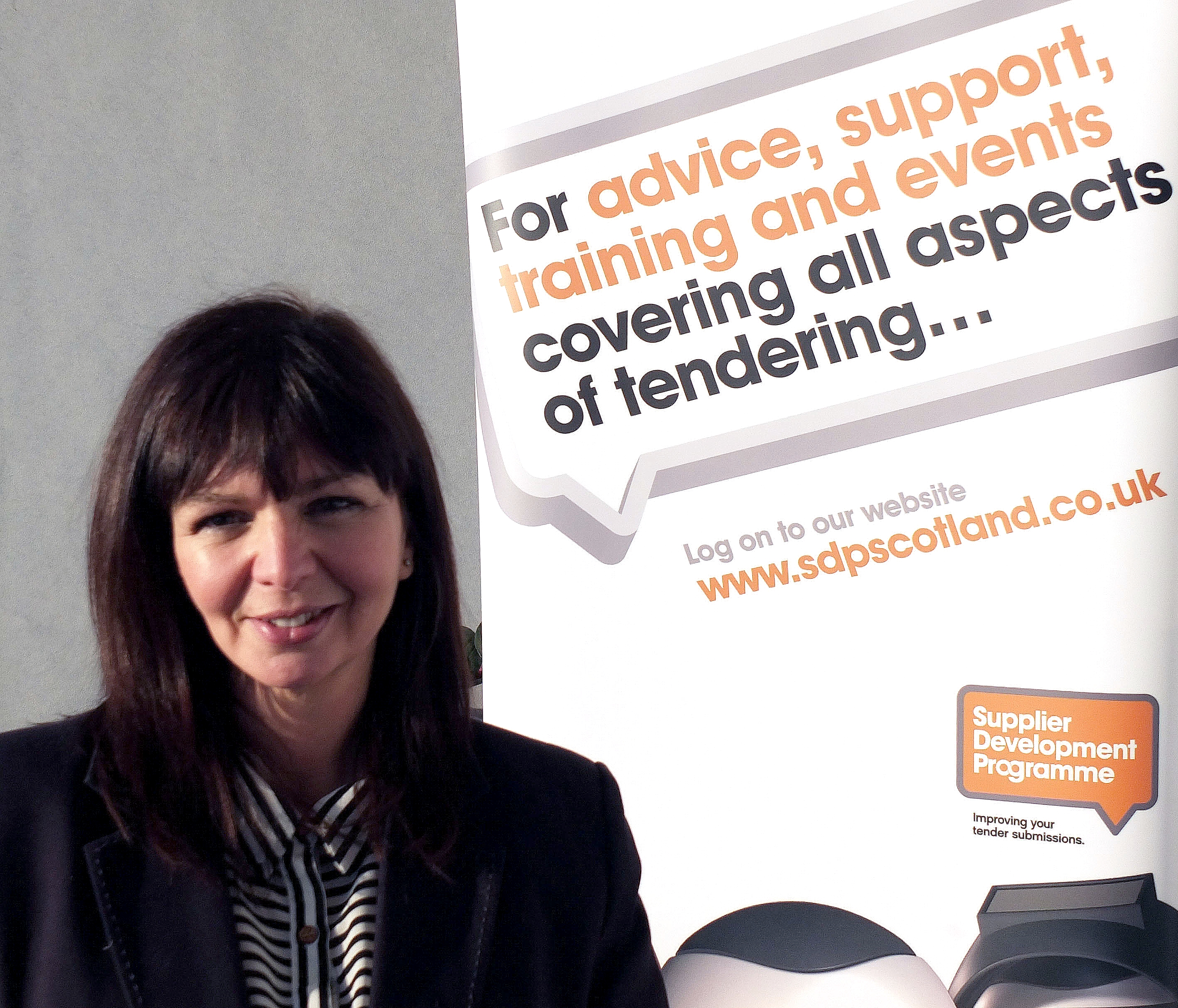
 At the end of March, we announced the winners of our Collaboration Prize. One of those winners was
At the end of March, we announced the winners of our Collaboration Prize. One of those winners was  But when we found out there was a way for us to form a business from our collaboration, we were really excited. It’s absolutely perfect for us and we were already naturally working in that way.
But when we found out there was a way for us to form a business from our collaboration, we were really excited. It’s absolutely perfect for us and we were already naturally working in that way. We also have a focus on utilising projection mapping for brand promotion and interior design, something which is currently not available from one company in Scotland. And thanks to CDS and the Collaboration Prize, we can engage more prospective clients.
We also have a focus on utilising projection mapping for brand promotion and interior design, something which is currently not available from one company in Scotland. And thanks to CDS and the Collaboration Prize, we can engage more prospective clients.
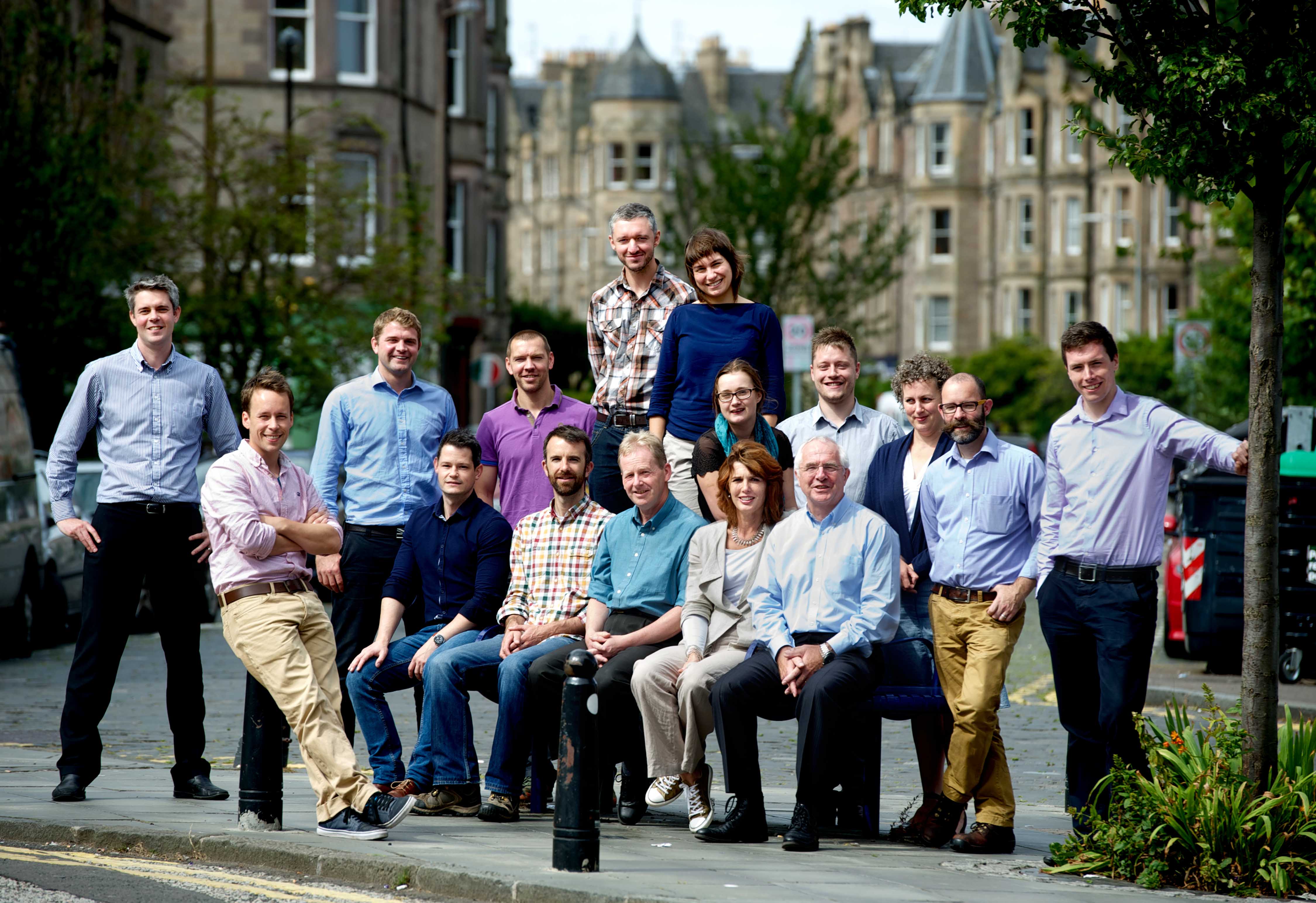
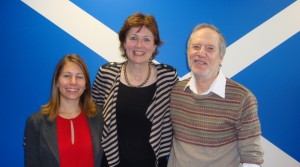 From October 6 to 9, Quebec in Canada hosted the second edition of the
From October 6 to 9, Quebec in Canada hosted the second edition of the 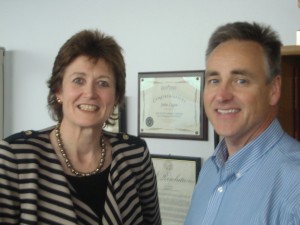
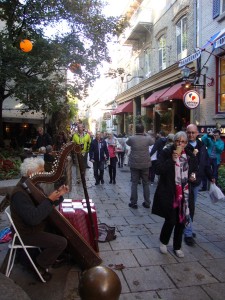 A visit to Quebec is not complete without a visit to the
A visit to Quebec is not complete without a visit to the